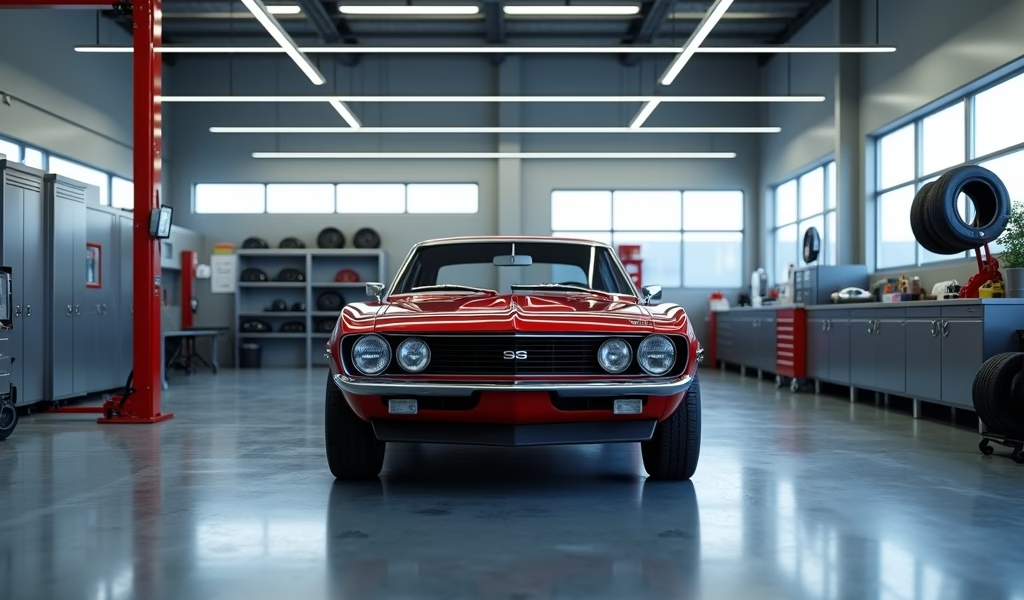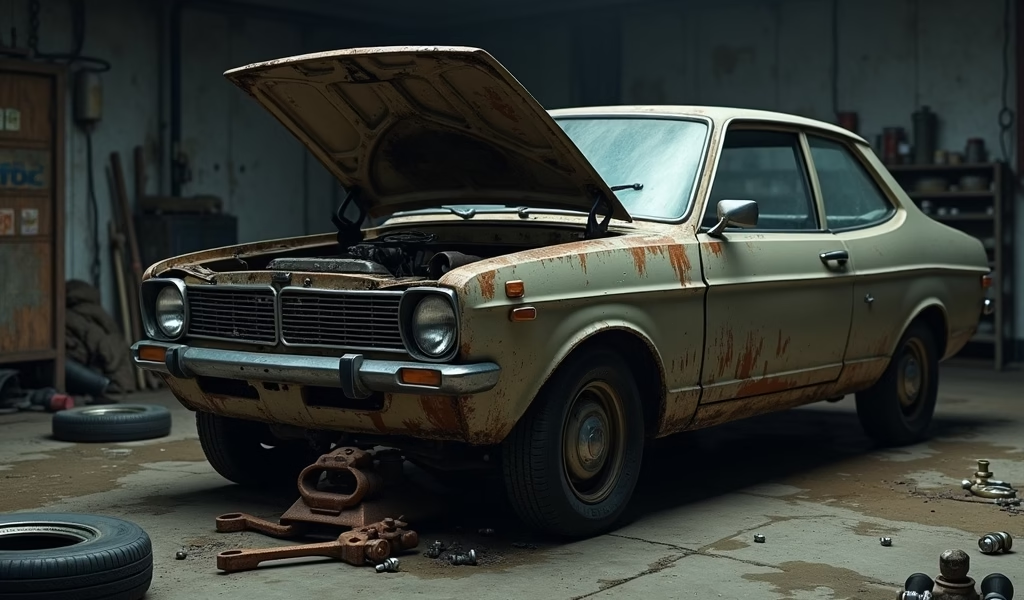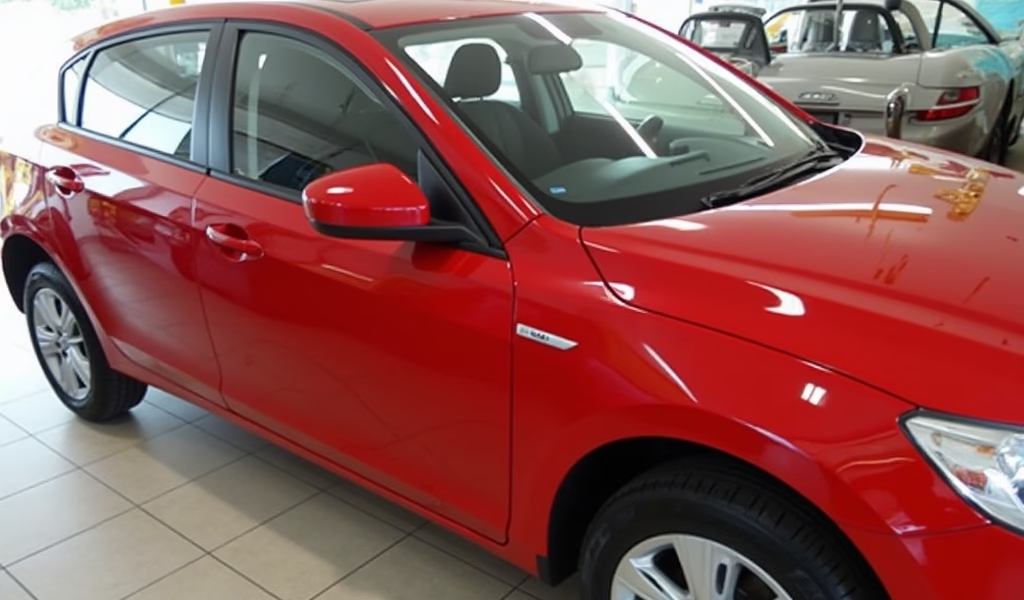Overview
This guide to buying quality used cars covers critical aspects including pre-purchase inspections, maintenance strategies, common problems to watch for, financing options, and negotiation tactics for both dealership and private purchases. The article emphasizes that successful used car shopping requires research, patience, and attention to maintenance history rather than focusing solely on price, with the best value typically found in well-maintained 3-5 year old vehicles.
Table of Contents
- Finding Quality Used Cars: The Smart Shopper’s Guide
- Understanding the Used Car Market in 2023
- Pre-Purchase Inspections: Your Best Defense
- Essential Maintenance Tips for Used Cars
- Common Problems to Watch For in Used Vehicles
- Financing Options for Used Car Purchases
- Best Value Used Car Models in Today’s Market
- Negotiation Strategies When Buying Used
- Private Sellers vs. Dealerships: Pros and Cons
- Conclusion: Making Your Used Car Purchase with Confidence
- Frequently Asked Questions
Finding Quality Used Cars: The Smart Shopper’s Guide
Navigating the world of cars for sale used cars can feel overwhelming, but with the right approach, you can find a reliable vehicle that won’t drain your wallet. As someone who’s spent 20+ years under the hood and helping folks make smart used car decisions, I’ve seen both the diamonds in the rough and the lemons that should have stayed on the lot. Today’s used car market offers incredible value for savvy shoppers who know what to look for.
The secret to finding quality pre-owned vehicles at great prices isn’t luck—it’s research, patience, and knowing how to spot the signs of a well-maintained vehicle. Whether you’re looking for your teenager’s first car or upgrading your daily commuter, understanding proven car care principles will save you thousands in unexpected repairs.
Many buyers focus exclusively on price or appearance, but a vehicle’s maintenance history often tells the true story. A slightly higher-priced car with comprehensive service records will typically cost less in the long run than a bargain-basement option with a mysterious past. Let’s explore how to navigate this market like a pro.
Understanding the Used Car Market in 2023
The used car landscape has shifted dramatically in recent years. Supply chain disruptions, changing consumer preferences, and economic fluctuations have created a unique market environment that smart buyers can leverage. Currently, we’re seeing increased inventory levels compared to the scarcity of 2020-2021, which means more options and potentially better negotiating power.
Certified Pre-Owned (CPO) programs continue to gain popularity, offering a middle ground between new car reliability and used car pricing. These manufacturer-backed programs typically include comprehensive inspections and extended warranties, though they command a premium over traditional used vehicles. For many buyers, this extra peace of mind justifies the higher cost.
Online platforms have revolutionized how we search used cars and compare options. Sites like CarGurus, Autotrader, and even Facebook Marketplace have made it easier than ever to filter through thousands of listings. However, this convenience comes with a caveat—you still need to see and test drive any vehicle before purchasing. According to Consumer Reports’ used car inspection guide, physical evaluation remains crucial no matter how good the online listing looks.
The sweet spot for value in today’s market often lies with 3-5 year old vehicles coming off lease. These cars typically have moderate mileage, modern features, and have already experienced their steepest depreciation. Many still carry the remainder of their factory warranty, offering additional protection for your purchase.

Pre-Purchase Inspections: Your Best Defense
Never—and I mean never—skip a pre-purchase inspection when buying a used car. This $100-200 investment can save you thousands in unexpected repairs and countless headaches. Even vehicles with clean CARFAX reports can harbor hidden issues that only a trained eye will catch.
A thorough inspection should include:
- Comprehensive mechanical assessment (engine, transmission, suspension)
- Body and frame inspection for hidden damage or poor repairs
- Electronic systems testing (sensors, computers, entertainment systems)
- Undercarriage examination for leaks, corrosion, or structural issues
- Road test to evaluate performance, handling, and braking
When choosing an inspector, seek out a specialist in the particular make you’re considering. A mechanic who works primarily on German vehicles will likely spot issues in a BMW that a general mechanic might miss. Ask to be present during the inspection—most good mechanics welcome this and will explain their findings as they go.
Don’t be discouraged if the inspection reveals problems. Almost every used car has some issues. The key is understanding what you’re dealing with and whether the repair costs make sense given the purchase price. Sometimes minor problems can become effective negotiating points for a better deal.
Essential Maintenance Tips for Used Cars
Once you’ve found and purchased your used vehicle, proper maintenance becomes your path to longevity and reliability. The right care regimen can easily extend your car’s life by 50,000+ miles while maintaining performance and resale value.
Start by creating a baseline. If you’re unsure about when certain services were last performed, invest in these fundamentals immediately:
- Oil and filter change (synthetic oil offers superior protection for higher-mileage engines)
- Complete fluid check and replacement as needed (transmission, coolant, brake, power steering)
- New air and cabin filters
- Thorough brake inspection
- Tire rotation, balance, and alignment check
Then, develop a maintenance schedule based on your vehicle’s specific needs rather than just following generic recommendations. Modern vehicles often have maintenance reminder systems, but I recommend keeping your own records as a backup. A simple spreadsheet tracking service dates, mileage, and what was performed creates a valuable history for both your reference and future buyers if you sell.
Remember that preventative maintenance almost always costs less than reactive repairs. That $60 timing belt replacement becomes a $2,000+ repair bill if it fails and damages valves or pistons. As Edmunds’ maintenance guide confirms, following manufacturer-recommended service intervals is the single most effective way to maximize your vehicle’s lifespan.
Common Problems to Watch For in Used Vehicles
Every make and model has its quirks and common failure points. Educating yourself about these model-specific issues before purchasing can save significant heartache. Forums dedicated to your specific vehicle often contain invaluable real-world experiences and solutions.
However, certain issues cut across almost all used vehicles, especially those approaching or exceeding 100,000 miles:
- Timing belt/chain systems (catastrophic if they fail)
- Water pump and cooling system components
- Suspension components (struts, control arms, bushings)
- Transmission behavior (particularly rough shifting or delayed engagement)
- Engine seals and gaskets beginning to leak
- Exhaust system deterioration
Pay special attention to how previous owners handled these components. A vehicle that’s had its timing belt replaced at 90,000 miles represents a safer purchase than one at 110,000 miles with no documentation of this critical service.
Electronic issues have become increasingly common in modern vehicles. A thorough test of all systems—from power windows to advanced driver assistance features—should be part of your evaluation process. Some electrical gremlins can be simple fixes, while others might indicate problematic control modules or wiring harnesses.

Financing Options for Used Car Purchases
Financing a used car requires a different approach than new car purchases. Interest rates typically run 1-2 percentage points higher for used vehicles, reflecting the increased risk lenders associate with older cars. However, several strategies can help you secure better terms.
Credit unions often offer the most competitive rates for used car loans, sometimes beating traditional banks by significant margins. Many have age and mileage restrictions, but tend to be more flexible than major banks. Pre-approval before shopping gives you clarity on your budget and strengthens your negotiating position with sellers.
Consider the total cost of ownership rather than focusing solely on monthly payments. A longer loan term might lower your payment, but you’ll pay more in interest and potentially find yourself “underwater” on the loan if you need to sell before it’s paid off.
For vehicles older than 7-10 years or with higher mileage, traditional financing may be unavailable. In these cases, personal loans or dealer financing might be your only options, though often at less favorable rates. Weigh these higher costs against the vehicle’s expected remaining lifespan before committing.
Always check your financing options carefully before visiting dealerships. Having an independent pre-approval in hand prevents you from being steered toward potentially expensive dealer-arranged financing that might include hidden fees or unfavorable terms.
Best Value Used Car Models in Today’s Market
While individual preferences and needs vary, certain models consistently demonstrate better reliability and value retention in the used market. These vehicles typically combine reasonable maintenance costs with strong durability records.
Japanese brands like Toyota and Honda continue to dominate reliability rankings, with models like the Camry, Accord, RAV4, and CR-V representing safe choices with predictable maintenance needs. These vehicles tend to command higher prices on the used market precisely because of their reputation for longevity.
Korean manufacturers, particularly Hyundai and Kia, have dramatically improved their quality in the past decade. Models from 2015 onward often provide excellent value, with substantial warranty coverage that may still be transferable to second owners. The Hyundai Sonata and Kia Soul represent particularly strong value propositions.
In the domestic market, Ford’s F-150 and Fusion have shown better-than-average reliability, while certain Chevrolet models like the Malibu have improved substantially in recent generations. When shopping auto used cars for sale, remember that individual vehicle history matters more than brand generalizations—a well-maintained domestic vehicle will typically outlast a neglected import.
Luxury vehicles present a different value equation. While brands like Lexus combine luxury with Toyota reliability, many European luxury marques (BMW, Mercedes, Audi) offer sophisticated features but typically require more expensive maintenance as they age. The sweet spot often lies in certified pre-owned luxury vehicles still under manufacturer warranty.
Negotiation Strategies When Buying Used
Negotiating the purchase of a used car requires preparation, patience, and a clear understanding of the vehicle’s market value. Start by researching comparable vehicles in your area using resources like Kelley Blue Book, NADA, and local listings to establish a realistic price range.
When you’ve found a promising vehicle, investigate its specific history before making an offer. The VIN number provides access to accident reports, title status, and service records through services like CARFAX and AutoCheck. This information becomes powerful leverage during negotiations—a vehicle with multiple previous owners or accident history should command a lower price than one with a clean history.
During the negotiation itself, focus on the total “out-the-door” price rather than monthly payments. Dealers sometimes shift focus to monthly payments to obscure the actual purchase price or to add extras you don’t need. Always negotiate the vehicle price first, then discuss financing terms if applicable.
Be prepared to walk away if the numbers don’t make sense. The used car market has plenty of options, and emotional attachment to a specific vehicle often leads to poor financial decisions. Some of the best deals come from returning to a dealership after initially declining their offer.
Private Sellers vs. Dealerships: Pros and Cons
The eternal question for used car shoppers: should you buy from a private party or an established dealership? Both paths offer distinct advantages and potential pitfalls.
Private party sales typically offer the lowest prices, often 10-15% below comparable dealer offerings. These transactions are usually straightforward—what you see is what you get, with no dealer fees or add-on services to navigate. However, private sales come with minimal protections. Most states consider private sales “as-is” with no implied warranty, regardless of what the seller might claim verbally.
Dealerships provide certain advantages: they typically handle all paperwork, often offer limited warranties even on non-CPO vehicles, and may provide financing options directly. Some states also require dealers to provide minimum consumer protections that don’t apply to private sales. The trade-off comes in higher prices and sometimes high-pressure sales tactics.
A middle ground exists with smaller, independent used car dealers. These businesses often have lower overhead than large franchised dealerships, allowing for more competitive pricing. The best independent dealers build their reputation on careful vehicle selection and transparent business practices rather than volume sales.
Your choice should reflect your personal risk tolerance and mechanical knowledge. If you’re confident in your ability to evaluate a vehicle’s condition and handle DMV paperwork, private sales often represent better value. If you prefer additional protection and streamlined purchasing, dealer options might justify their premium.
Conclusion: Making Your Used Car Purchase with Confidence
Finding quality cars for sale used cars doesn’t require automotive expertise—just careful research, patience, and attention to the details that matter. The perfect used vehicle balances your budget with reliability, meeting your needs without excessive compromise on either front.
Remember that the purchase price represents only part of your vehicle’s total cost of ownership. A slightly more expensive car with documented maintenance, fewer owners, and known reliability can ultimately cost less than a bargain-basement option that requires frequent repairs.
Take your time with this significant decision. The best deals come to prepared buyers who understand both the vehicle they’re purchasing and the market in which they’re shopping. Don’t let urgency or emotional attachment override the practical considerations of condition, history, and value.
With the guidance provided in this article, you’re well-equipped to navigate the used car marketplace and find a vehicle that provides years of dependable service. Trust your instincts, leverage professional inspections, and remember that the right car at the right price is worth the extra effort to find.
Frequently Asked Questions
What’s the best age for a used car purchase?
Three to five-year-old vehicles typically offer the best balance of modern features, reliability, and value. These cars have experienced most of their depreciation but still have substantial useful life remaining.
Should I avoid vehicles that have been in accidents?
Minor accidents don’t necessarily disqualify a vehicle, but they warrant closer inspection and usually justify a lower price. Avoid vehicles with structural or frame damage, as these can compromise safety and longevity.
How important are service records when buying used?
Service records are extremely valuable as they verify maintenance has been performed on schedule. A well-documented maintenance history can be worth paying a premium for, especially on higher-mileage vehicles.
Is buying a car with over 100,000 miles a bad idea?
Modern vehicles regularly exceed 200,000 miles with proper maintenance. A well-maintained higher-mileage car often represents better value than a neglected lower-mileage example.
What’s the best way to test drive a used car?
Drive in various conditions including highway speeds, city traffic, and rough roads. Pay attention to unusual noises, vibrations, and how the vehicle handles different driving scenarios.

